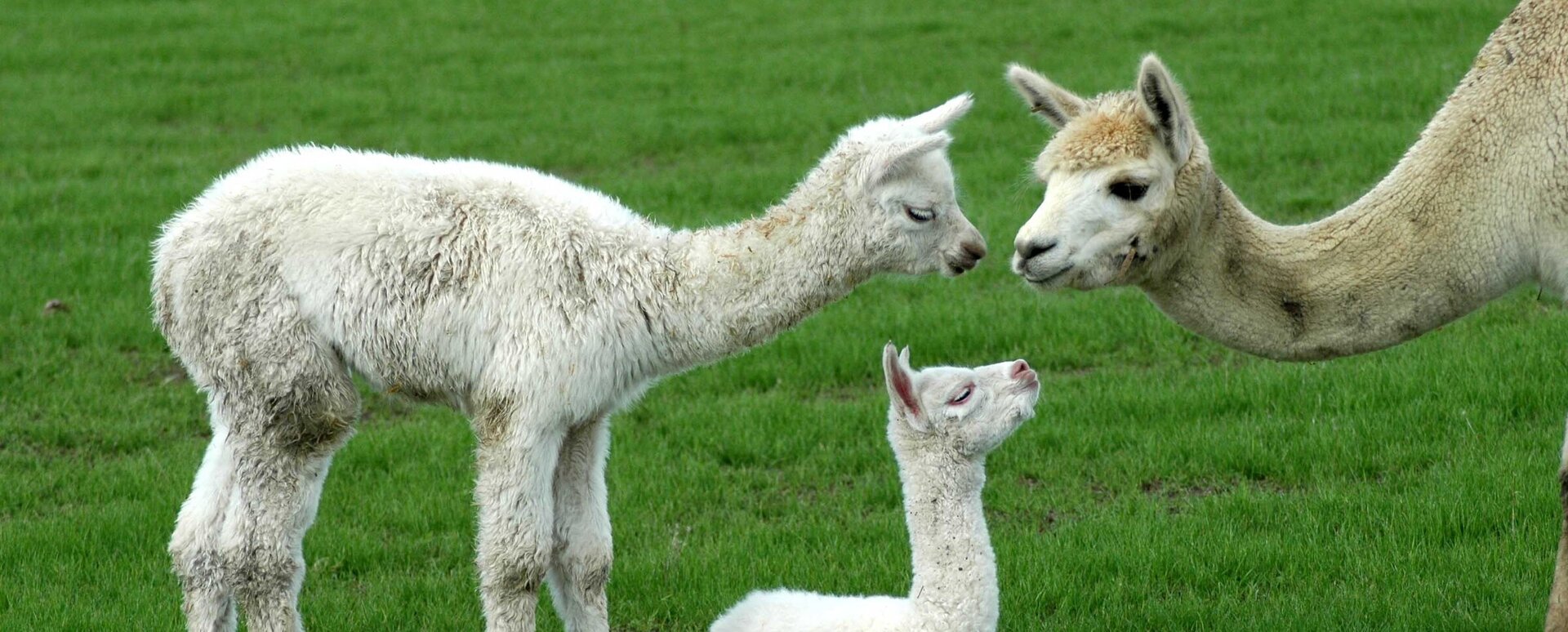Lifestyle Blocks
We know that your animals are a big part of your lifestyle block and are here to help be they big or small.
Our friendly team are all approachable for advice on your animal's health and wellness, as well as general husbandry questions, and are happy to come out to you or to see your smaller animals at the clinic.
We are just a phone call away, and we'd love to hear from you.
Drenching
Here are a few clinical signs to store in the back of your mind that should ring ‘worms’ when you notice any in your own animals…
- Diarrhoea
- Poor growth rates/losing weight
- Pale mucus membranes
- A pot-bellied appearance
- Not eating as much as normal
- Fluid build-up under the jaw (‘bottle jaw’)
Generally young animals should have their first drench at weaning, and then a further five drenches at monthly intervals. This is known as ‘preventative drenching’.
Other strategies that help decrease the worm burden on animals include:
Having an appropriate stocking rate – too many animals in one paddock increases the worm burden in the grass.
Making sure animals don’t graze pasture that is too short – worms hang out at the bottom of the sward.
Mixed species grazing – for example having lambs graze with cattle.
Ensuring your stock are well fed and in good body condition.
If you are noticing your animals are not doing as well as you would like, and they are showing some of the signs above, come in and have a chat with us. We can devise a specific parasite control strategy that is unique to your property, and recommend the most appropriate drench for you.
Lameness
Lameness is a tricky business. Sometimes it is hard to work out which foot the animal is lame on when it isn’t blatantly obvious.
It is easiest to work this out when the animal is at a trot, and watch the head carefully – for a front leg lameness, the head will go down when the sound leg is on the ground. For a hind leg lameness, the head will go down when the lame leg is on the ground. And then the very tricky cases will be lame in more than one leg!
There are a number of different lameness causes affecting different species, all which require different treatment options. If you are not comfortable identifying the lame leg or picking up the foot to investigate, please call the clinic and book for one of our vets to visit.
We will diagnose the cause, and give the appropriate treatment. While we are there we can teach you how to lift feet and trim soles correctly so you can keep on top of these tasks yourself.
